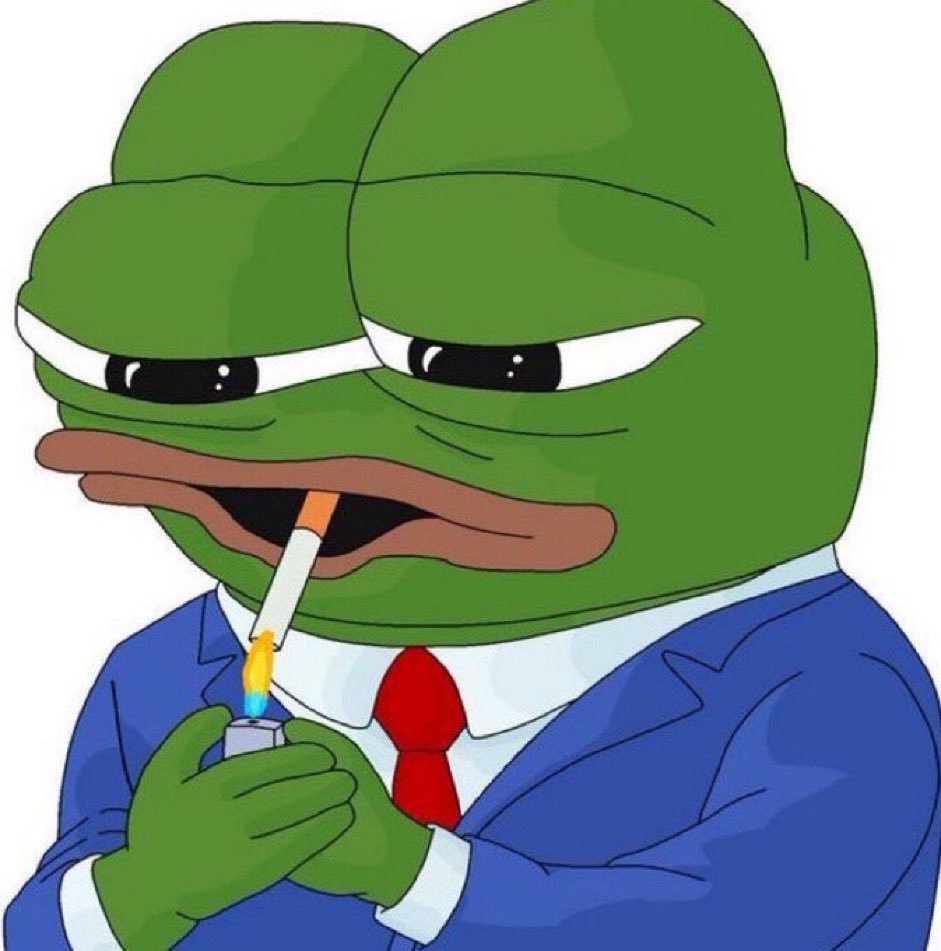Introduction
In the digital age, memes have become a ubiquitous form of communication, art, and cultural commentary. These snippets of content, often humorous and satirical, spread rapidly online, influencing opinions, shaping discourse, and even affecting real-world events. This article explores the phenomenon of memeing, its evolution as a cultural artifact, and its profound impact on society.
The Genesis of Memes
The term “meme” was first coined by biologist Richard Dawkins in his 1976 book “The Selfish Gene.” He used it to describe an idea, behavior, or style that spreads from person to person within a culture. With the advent of the internet, the concept of memes took on a new life, evolving into the viral phenomena we recognize today – images, videos, and texts that are rapidly shared and transformed across the web.
The Mechanics of Memeing
Memes typically feature a combination of text and images that are humorous, ironic, or satirical in nature. The power of a meme lies in its relatability and shareability, often encapsulating complex cultural sentiments in a simple, digestible format. They act as a form of social commentary, offering insights into public opinion and societal norms.
Key Components:
- Viral Nature: Memes spread rapidly online, mimicking a viral infection, as they resonate with a wide audience.
- Cultural Relevance: They often reference popular culture, current events, or societal behaviors, making them timely and engaging.
- Community Building: Memes create a sense of belonging, as sharing and understanding them can signify inclusion in a particular social group or cultural understanding.
The Impact of Memes
Memes hold significant power in shaping cultural trends, political opinions, and even marketing strategies. They can unify people through humor and shared experiences, yet they also have the potential to misinform or polarize.
- Political Influence: Memes have become tools for political movements, capable of spreading persuasive messages quickly and mobilizing public opinion.
- Marketing and Branding: Businesses increasingly use memetic content to connect with younger audiences, leveraging their viral potential to gain widespread attention.
- Social Commentary: Memes are often used to critique societal norms, highlighting issues like social injustice, cultural shifts, and public discontent.
Conclusion
Memes have transcended their online origins to become a significant element of modern culture, offering a unique lens through which we can view our collective experiences, humor, and societal shifts. They encapsulate the zeitgeist of the digital age, reflecting the joys, sorrows, and absurdities of life in a way that is accessible, relatable, and often profoundly insightful. As we continue to navigate the complexities of the digital world, understanding the power of memes is crucial in appreciating their role in shaping our cultural landscape.
